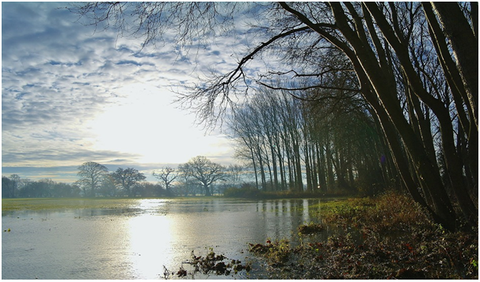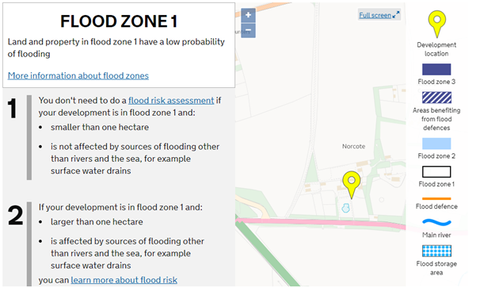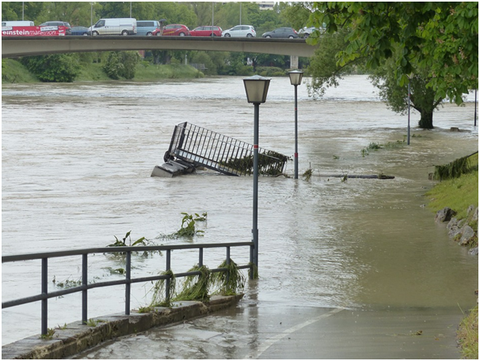Sustainable Urban Drainage Systems (SuDS) UK flooding Focus
Sustainable Urban Drainage Systems – UK Flooding Focus
In the past few years flooding has become an increasingly prevalent result of the change in our climate. Recently we have seen Storm Eleanor cause widespread flooding in both the UK and Ireland. This sort of weather is something we are only going to see more and more of; The Met Office predicts that global warming could make heavy rainfall in summer up to five times more likely by the end of the century.
With more prolonged spells of rain falling within a shorter period of time, ground that is already saturated no longer has the ability to absorb further rainfall. This has the inevitable result of flooding the surrounding area. Places that were once deemed not to be a flood risk have had to be re-evaluated due to the change in our weather patterns.

Modern Development often alters an area’s natural drainage ability by replacing what once was free draining ground with impermeable materials such as concrete and asphalt. Whilst it’s nearly always the case that drainage is put in place to divert excess surface water, this often only directs the problem of flooding elsewhere, and in conjunction with heavy rain can force rivers and other watercourses to burst their banks.
In parliament in November 2016 whilst discussing future flood prevention as part of the Environment, Food and Rural Affairs committee it was noted that SUDS can be used as part of integrated catchment management to reduce surface water flooding. Spatial plans can include SUDs schemes for individual or small developments, or more widely within green infrastructure areas which can be designed to include ponds and swales.
The Environment Agency publishes a flood map here; this provides a detailed view of the likelihood of flooding in your area and can be filtered by a postcode, place or National Grid Reference (NGR). This details whether you will require a flood risk assessment carried out as part of the planning process when undertaking any form of construction.

SUDS can be used not just to drain water where it falls but also to collect and store excess surface water preventing it from entering local waterways. Where water is still due to enter a nearby watercourse the SUDS will release it at much slower rate easing the burden on what would be an already overloaded drainage system.
A rainwater harvesting solution is also a practical consideration to make when looking to combat flooding. By storing and reusing excess rainwater you can not only reduce your environmental footprint but reduce the amount of surplus water released into local waterways. If the both a rainwater harvesting solution and SUDS are designed appropriately and installed correctly it can dramatically reduce the chance of localised flooding, reducing the risk of damage to both property and people.

SUDS and rainwater harvesting solutions do not just need to be reserved for new developments; they can of course be retrospectively fitted on existing properties, or areas that are at a particularly high risk of flooding should the necessary space be available.